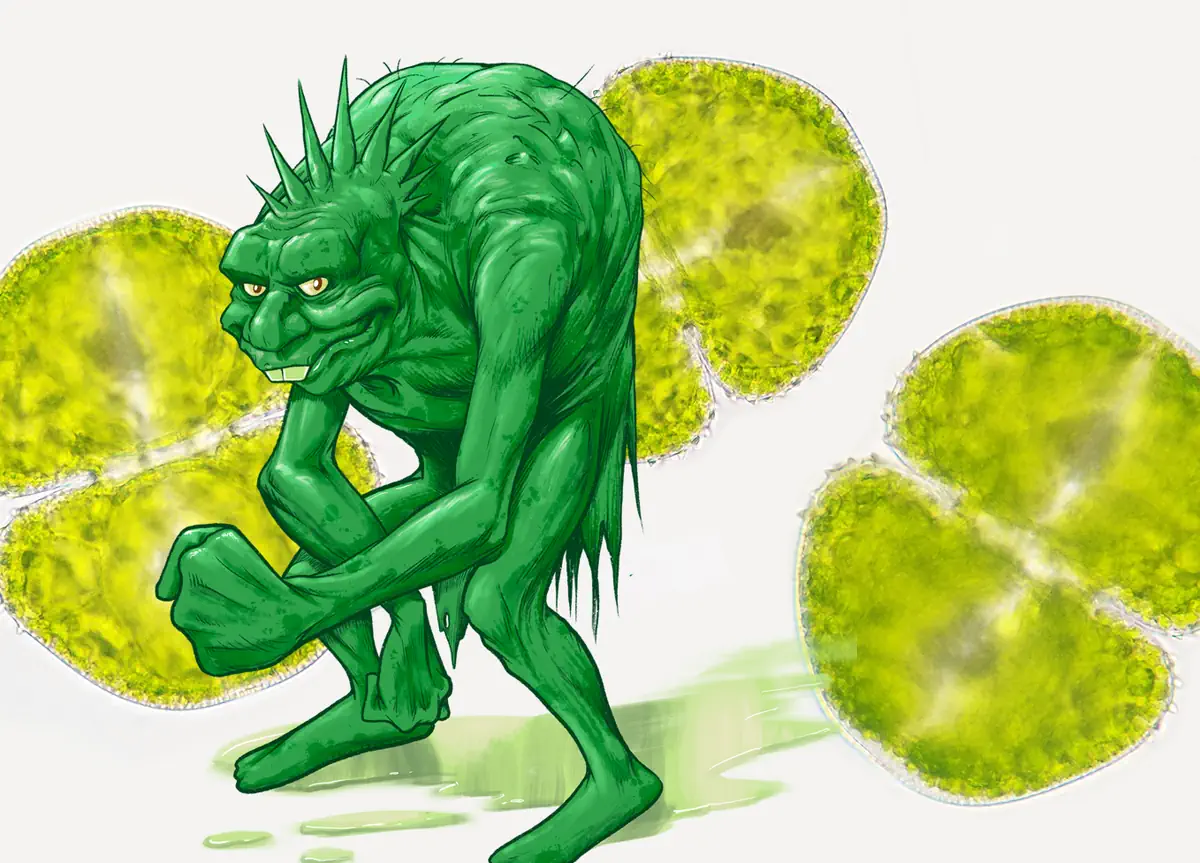When Should I Perform a Pool Shock?
What Does Performing a Pool Shock Mean?
Finding a good swimming pool cleaning service can seem challenging but here are some tips that might help:

By adding chlorine or non-chlorine chemicals to the water during a pool shock, you are increasing the amount of free chlorine in the pool. Algae, chloramines, and other microorganisms and pollutants must be eliminated by increasing the chlorine concentration.
It doesn’t necessarily indicate a pool is clean just because it smells strongly like chlorine. In actuality, a clean pool is practically odorless. If the chlorine scent is overpowering, the water has not been properly treated.
Your backyard pool is exposed to and contaminated by skin cells, hair, leaves, sunscreen, bugs, filth, and other debris and components on a daily basis, which can result in the water becoming contaminated. This makes it the perfect environment for bacteria to flourish.
A dirty inground backyard swimming pool not only attracts dangerous bacteria, but also algae blooms and chloramines. The former can be black, green, or yellow and not only make the pool appear bad, but if the chlorine levels go too low as a result, they can also cause poor water circulation. Contrarily, chloramines are the source of that unpleasant odor and make it difficult for chlorine to function as intended.
It might not be simple and obvious to you to perform a proper pool shock if you are not a chemist by profession. However, you will know it’s time to do a pool shock when your pool appears foggy, murky, and discolored.
But let’s dig a little deeper…
When Should I Shock my Backyard Pool?
There are three general guidelines to follow:
1.) Perform a pool shock when algae start to bloom.
2.) Perform a pool shock when your pool’s free chlorine level is zero.
3.) Perform a pool shock when the total chlorine or chloramine level exceeds 0.5 parts per million (ppm)
During the swimming season, you should typically do a pool shock every two weeks. When the water tests below the advised range of 1-3 ppm for free chlorine, you should shock the pool. Pool shocks are used to increase the chlorine levels.

Professionals Advise a Pool Shock in the Following Cases:
1. On pool opening day. At the beginning of swimming season, make sure to clean and shock your backyard pool before anyone gets in. The likelihood is that algae have expanded during the winter.
2.) At social events. Are loved ones and friends expected at a sizable pool party? Always keep in mind that everybody using your pool takes microorganisms with them. The free chlorine concentrations frequently decrease over prolonged use. Be sure to finish the pool shock to return it to normal levels.
3.) When bad weather has hit. The water in your pool might suffer damage from strong winds and heavy rain. Cleaning your pool and adding shock, which gets rid of any impurities and brings the pH levels back to normal, is your best line of defense against these natural disasters. Before adding a pool shock, make sure to get the water level back to normal.
4.) On bright and sunny days. Nobody has anything against a wonderful summer day, but frequent hot and sunny days can change the water’s chemistry, encouraging the growth of harmful bacteria and toxins as the temperature rises. To disrupt the combined chlorine and convert it back to free chlorine, shock the pool.
5.) On pool closing day. Eventually, the season’s pleasant, sunny days come to an end. Ensure that your backyard pool is cleaned and shocked before putting it away for the winter. When the pool season returns the following year, you’ll have a head start thanks to this.
Types of Chlorine Substance:
It’s crucial to understand the distinctions between free, mixed, and total chlorine when you test the level of chlorine in your pool.
What is free chlorine? This chlorine is necessary to clean and disinfect the pool water.
What is combined chlorine? When there is not enough free chlorine in the water to meet the need for chlorine, bad-smelling and undesired chloramines are produced.
What is total chlorine? This includes both free and mixed chlorine, making up the total amount of chlorine.
Read more about the various kinds of chlorine sanitizers and how they operate.
How to Prepare Your Backyard Pool for a Pool Shock
It’s not as tough as it might appear to shock your pool. Before you add any pool shock, be sure to wear safety goggles, gloves, and work clothing to protect yourself.
First, remove the cover from your pool, skim the water, vacuum up any debris, and brush the coves, walls, and floor.
Next, make sure your backyard pool’s pH levels are regulated first.
Then, prepare the shock beforehand. Using a five-gallon bucket, swirl some pool water. Then confirm that the pool pump is operating. The bucket’s contents should be added to the pool’s edge water.
Finally, after letting the pool pump run for about six hours (or a little longer! ), check the water quality. Before entering the pool, the free chlorine concentrations should be between 1-3 ppm.
When the water passes the necessary checks, feel free to jump in and have a blast.
Need Professional Assistance?
Call Ultra Pool Care Squad at 855-85-CLEAN if all of the aforementioned steps seem a bit difficult or time-consuming, and you would really prefer to have a dependable and trusted professional shock your pool on your behalf. You can ask us any queries by going to our website.